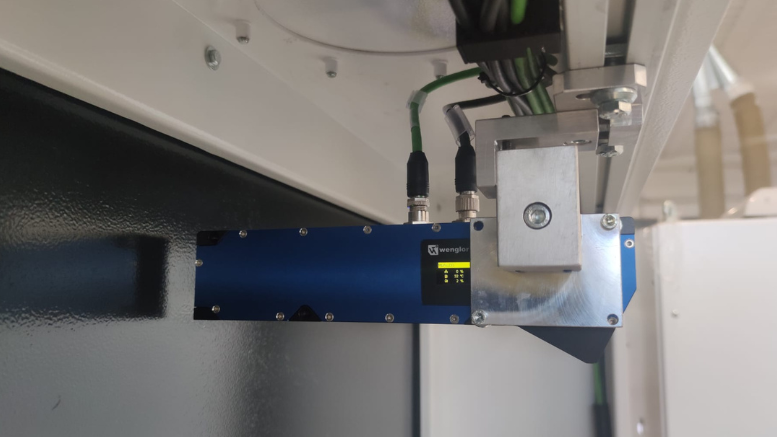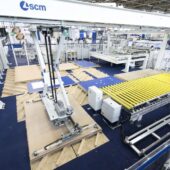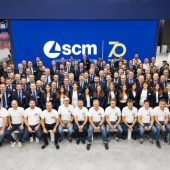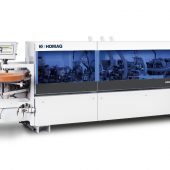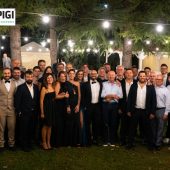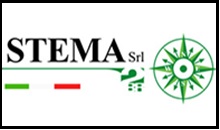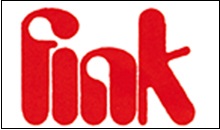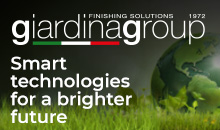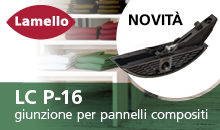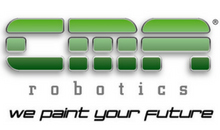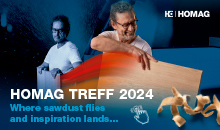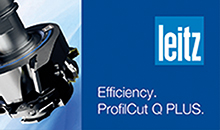Makor Group has always relied on innovation and quality for its wood finishing machines. Hence the choice of wenglor sensors, which fully meet these requirements: background suppression photocells, time-of-flight laser distance sensors, photoelectronic reflex sensors, ultrasonic devices, safety light curtains right up to 2D/3D laser profile sensors, which Makor uses in an innovative way for real-time recipe management in robotic painting stations.
Creating an automatic machine to finish shaped wooden profiles is the idea behind the story of the Makor Group, one of the world’s leading suppliers of machines and complete lines for finishing flat and profiled wood products. The company, based in Sinalunga (SI), relying on its capacity for innovation, manufactures and exports all over the world, plants for finishing any type of profile in different materials: wood, mdf, glass, plastic, metal, chipboard, coated elements for the furniture industry, for construction and, in general, all applications that require a high quality finish.
Makor Group customers use complete lines consisting of several machines that perform the various operations – handling, sanding, painting, drying and sometimes even packaging – along a seamless flow. Almost these machines are fitted with wenglor sensors, ranging from simple photocells for part detection to more technologically advanced models, such as laser profile sensors, installed on high-end models. Here are some examples of use.
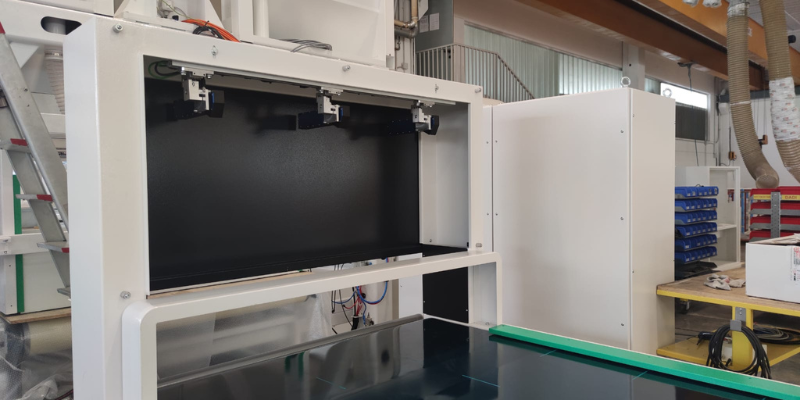
Background suppression photoelectronic sensors of the “P1K” series, used to detect workpieces, are the optimal solution to neutralise differences in workpiece colour that can vary greatly, from the raw state, to the application of the first primer coat, right up to the last painting step. Ultrasonic and laser time-of-flight sensors are used, for example, to detect the presence of panels on the arms of the trolleys that move them after the painting phase. Other sensors widely used by Makor are “PNG/Smart” with “IO-Link” in miniaturised 1K format. Their highly flexible mounting options and ultra-compact dimensions allow for very ergonomic machine layout, installation and maintenance. The miniaturised ultrasonic sensors in 1K format with IO-link communication are ideal for drying plants, where trays with different part sizes arrive at the kiln inlet and have to be discriminated by measuring their height.
Finally, “weCAT” 2D/3D profile sensors with laser technology are used to detect workpieces with different profiles, dimensions and processes that are sent, via conveyor belts, to the robotic painting station. The combination of the data obtained from the sensors and those provided by the encoder associated with the conveyor belt allows a cloud of points to be reconstructed in real time and thus, thanks to the vision software, a digital model of the part, which characteristics, loaded in real time on the painting robot, allow the optimisation of its trajectories, the inclination of the painting gun, the speed and quantity of passes over a specific area, the distance of the spray and so on, until a very high quality result is obtained.

